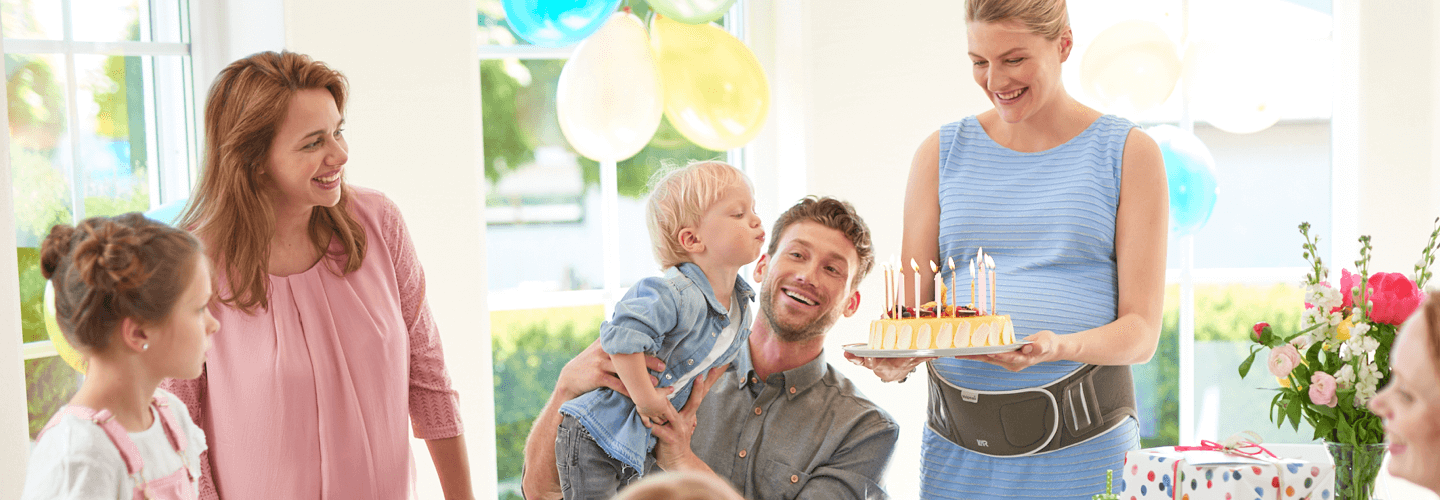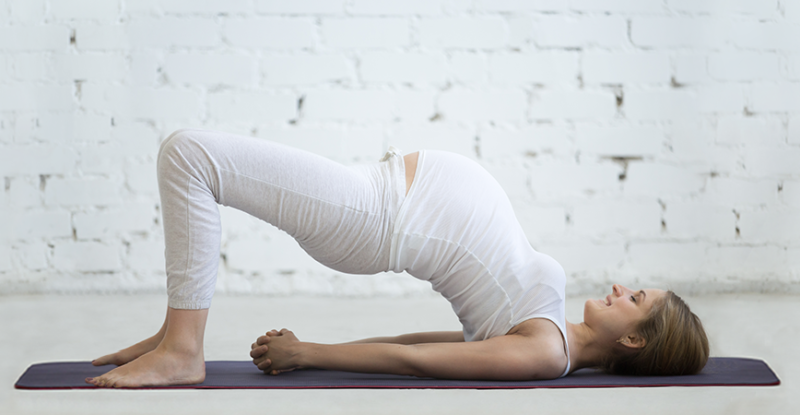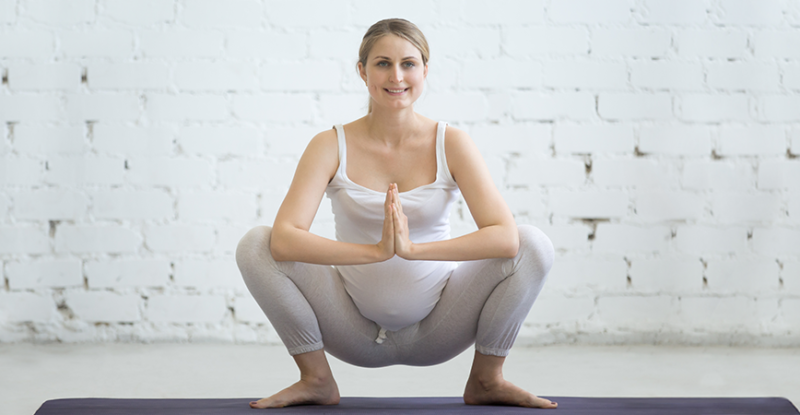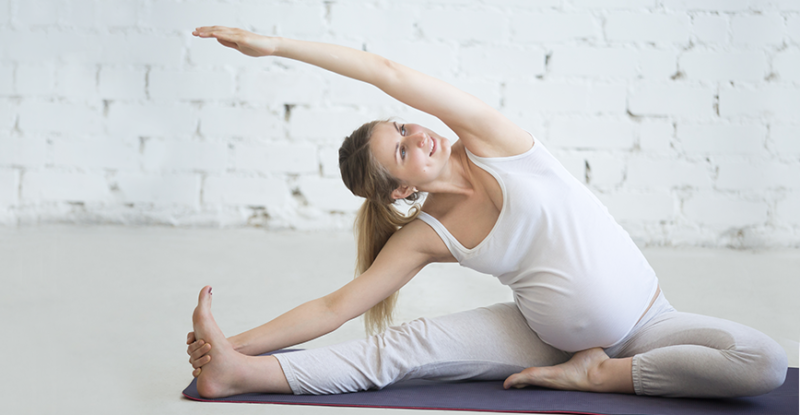How to prevent or treat back pain
Let´s begin with the basics: Don´t lift heavy objects! Even light objects can cause pain if you don´t keep your back straight while picking them up. If you absolutely have to lift something, make sure you ‘lift with your legs’, keeping your torso straight, with most of the movement coming from your legs.
An easy way to actively strengthen your back is mild exercise. A short stroll can go a long way. 15 minutes of walking every day will strengthen your muscles and create better support for your spine.5
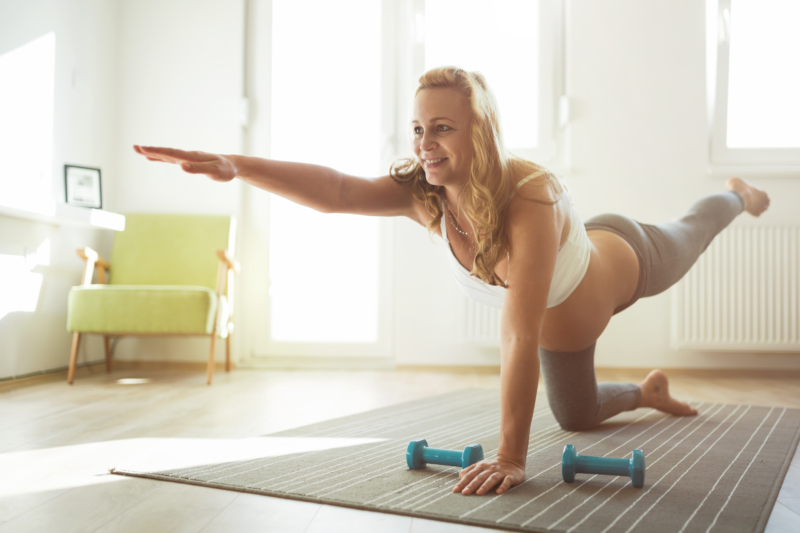
If you want to efficiently train specific muscles, you can also participate in classes specially designed for pregnant women, many of which target the most important muscles in your back.5
Obviously the exercise won’t consist of highly demanding sports, but of milder activities like swimming and yoga, which can also help you to relax.5
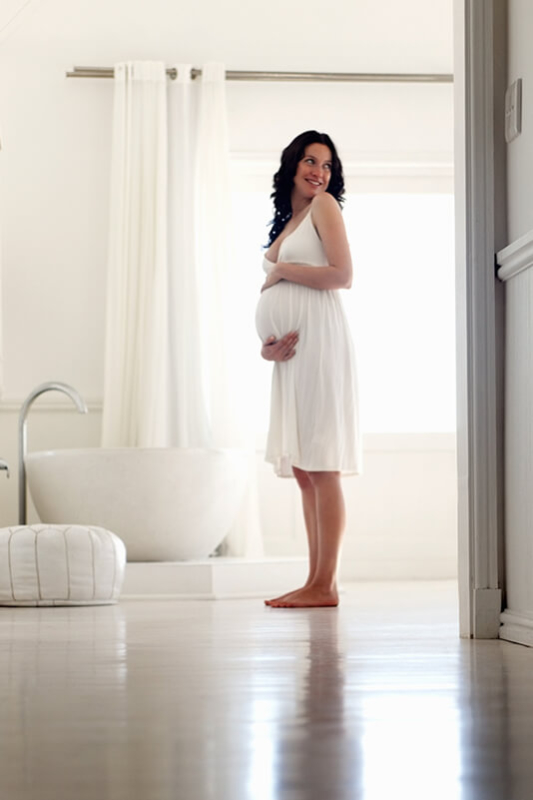
Taking a warm and relaxing bath can be very beneficial for back pain. Because the water makes you feel relatively weightless, it takes tension off your muscles, and gives them a little break from the daily grind.
Just make sure the water isn’t too hot, particularly towards the end of a pregnancy – a very hot bath can sometimes trigger contractions!6
You can also get a professional massage from a physiotherapist or encourage your partner to learn some basic techniques. You never know, these techniques may also come in useful to help soothe you when you’re giving birth.7
Here you can find an easy and downloadable guide for a partner massage during pregnancy.
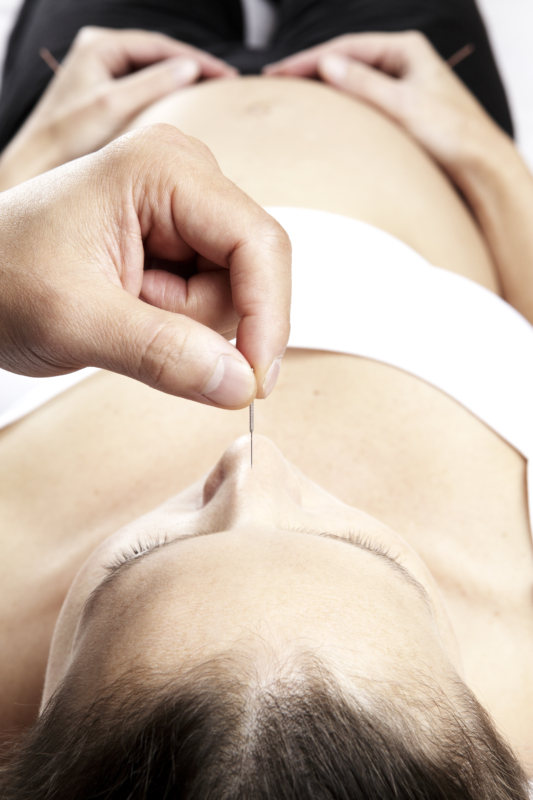 Another potential way to treat pain is acupuncture. Indeed, a recent randomized study found that it can reduce low-back pain during pregnancy even more effectively than physiotherapy.7,8
Another potential way to treat pain is acupuncture. Indeed, a recent randomized study found that it can reduce low-back pain during pregnancy even more effectively than physiotherapy.7,8
Heat therapy can help relieve pain from muscle spasms and related tightness in the lower back. Simply placing a hot-water bottle or a heat pad on the muscle that’s aching can provide some relief. You can also do it the old-fashioned way by using a cherry stone pad or cushion. When heated in the oven, cherry stones keep their temperature for a really long time and the cushion can mold to the body contours.6
If these methods aren’t for you or you have tried them without success, there’s also another simple solution that might help you to stay active! Have you ever heard of pregnancy orthoses? These can actively counteract your back problems without any negative effect on the haemodynamics of the foetus.9,10,11
These are basically maternity belts, which help you to carry your baby bump with a little bit more ease, especially in the last few months of pregnancy. They actively support your back by stabilizing your lumbar spine and/or sacroiliac joints. Pregnancy orthoses have been shown to significantly reduce back pain, and therefore might help you to avoid unnecessary use of medicines. Of course you can easily combine orthoses with other back pain prevention measures.
There are lots of pregnancy orthoses out there, so take a look around to see which one might work for you, and if you want advice you can always raise the topic with your doctor or midwife during your next appointment.
With the right pregnancy belt you can stay active and reduce disruption caused by back pains. High quality orthoses can not only create temporary relief but it can also help to correct a misaligned posture. Research points to the conclusion that the use of an abdominal-lumbar support does not affect the haemodynamics of the foetus.7
On the next page you will find more information on the Lohmann & Rauscher Orthosis Cellacare® Materna
5 Katonis, P et al. (2011). Hippokratia; 15(3), 205-210.
6 Richens, Y et al. (2010). British Journal of Midwifery; 18(9), 562-566.
7 Cherkin, DC et al. (2003). Ann Intern Med; 138: 898-906.
8 Wedenberg, K et al. (2000). Acta Obstet Gynecol Scand; 79(5): 331-335.
9 Kordi, R et al. (2013). J Back Musculoskelet Rehabil; 26(2), 133–139.
10 Beaty, CM et al. (1999). J Reprod Med; 44(12), 1007–1011.
11 Ho, SS et al. (2009). J Clin Nurs; 18(11), 1523-1532


